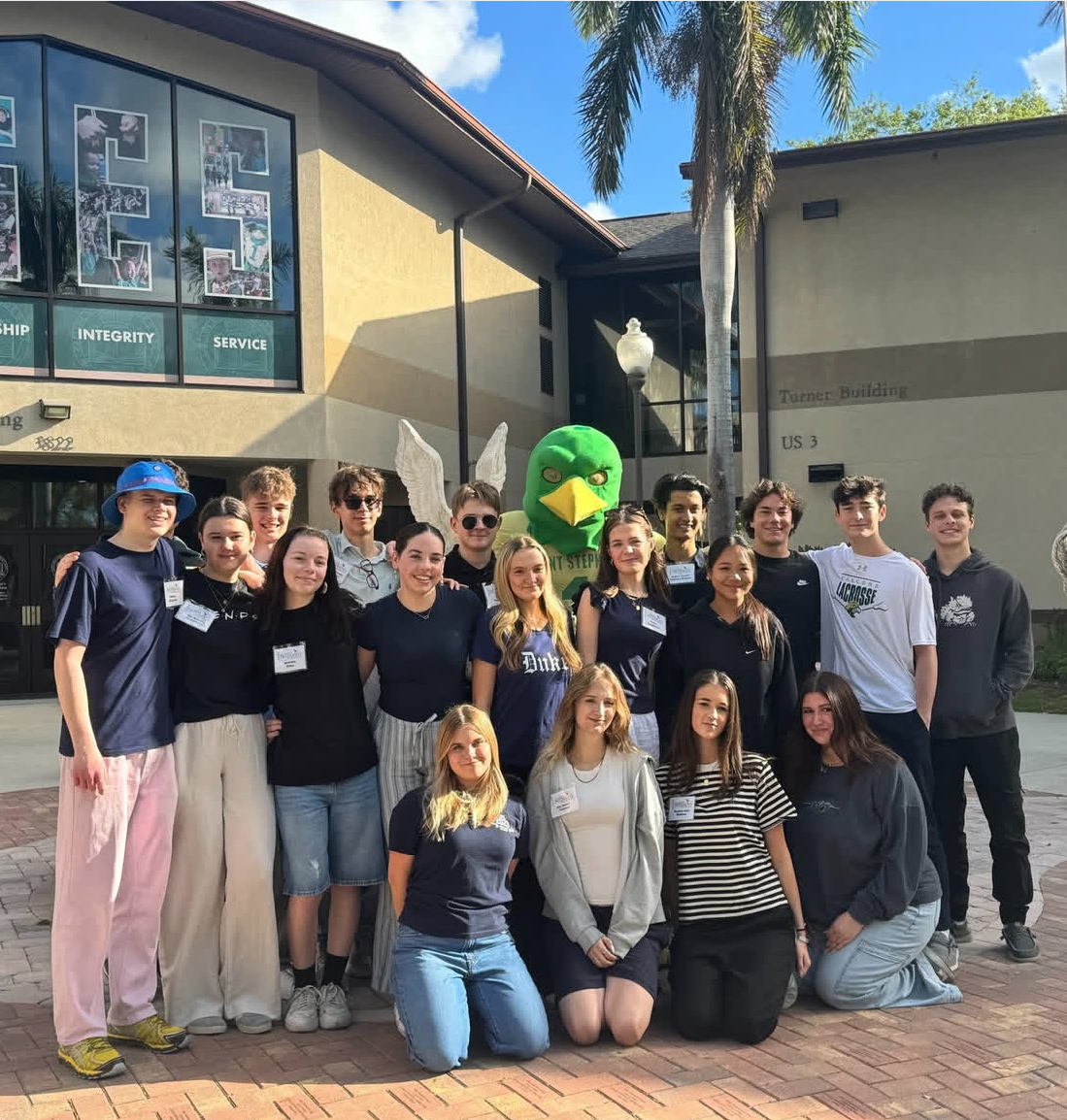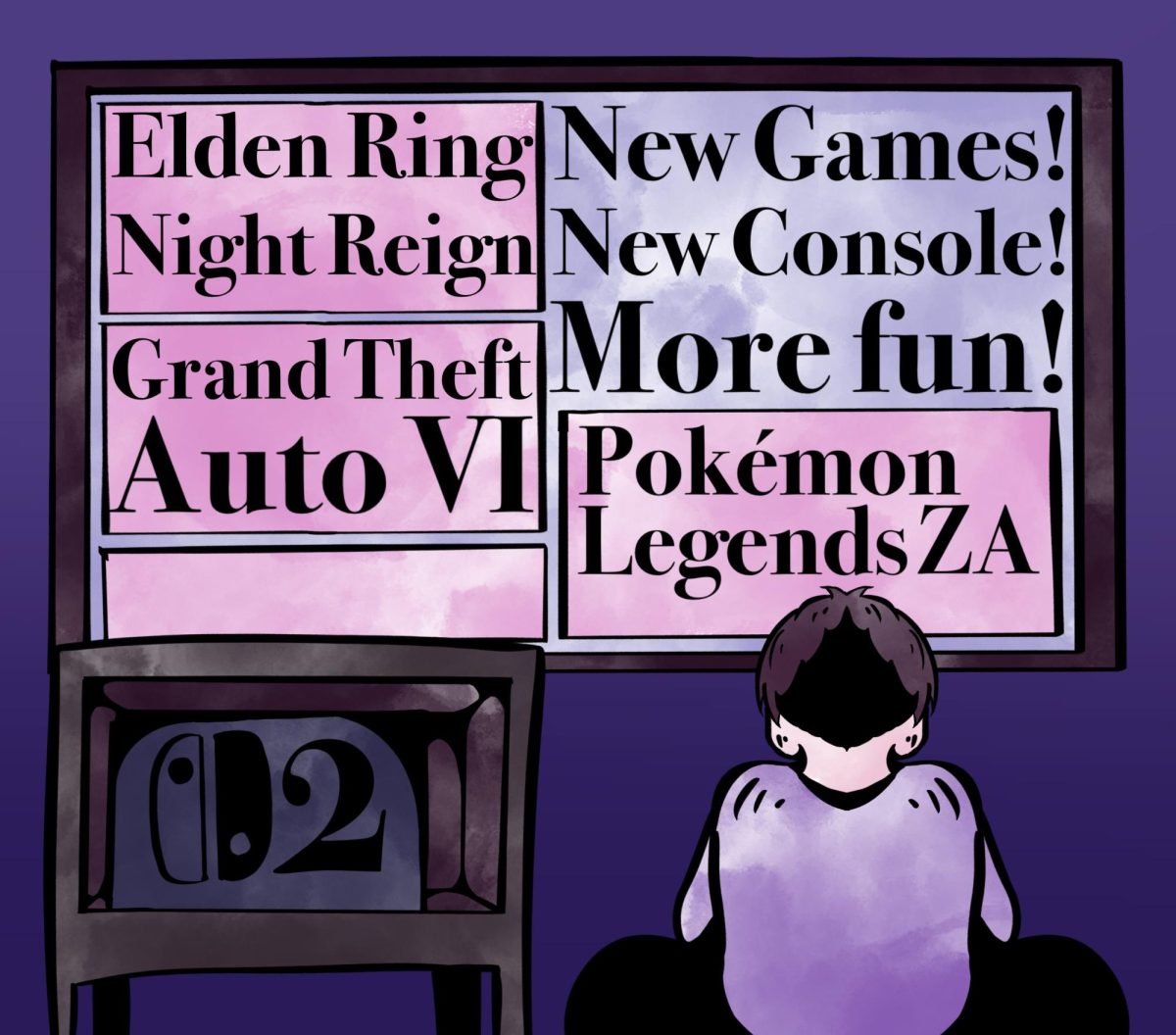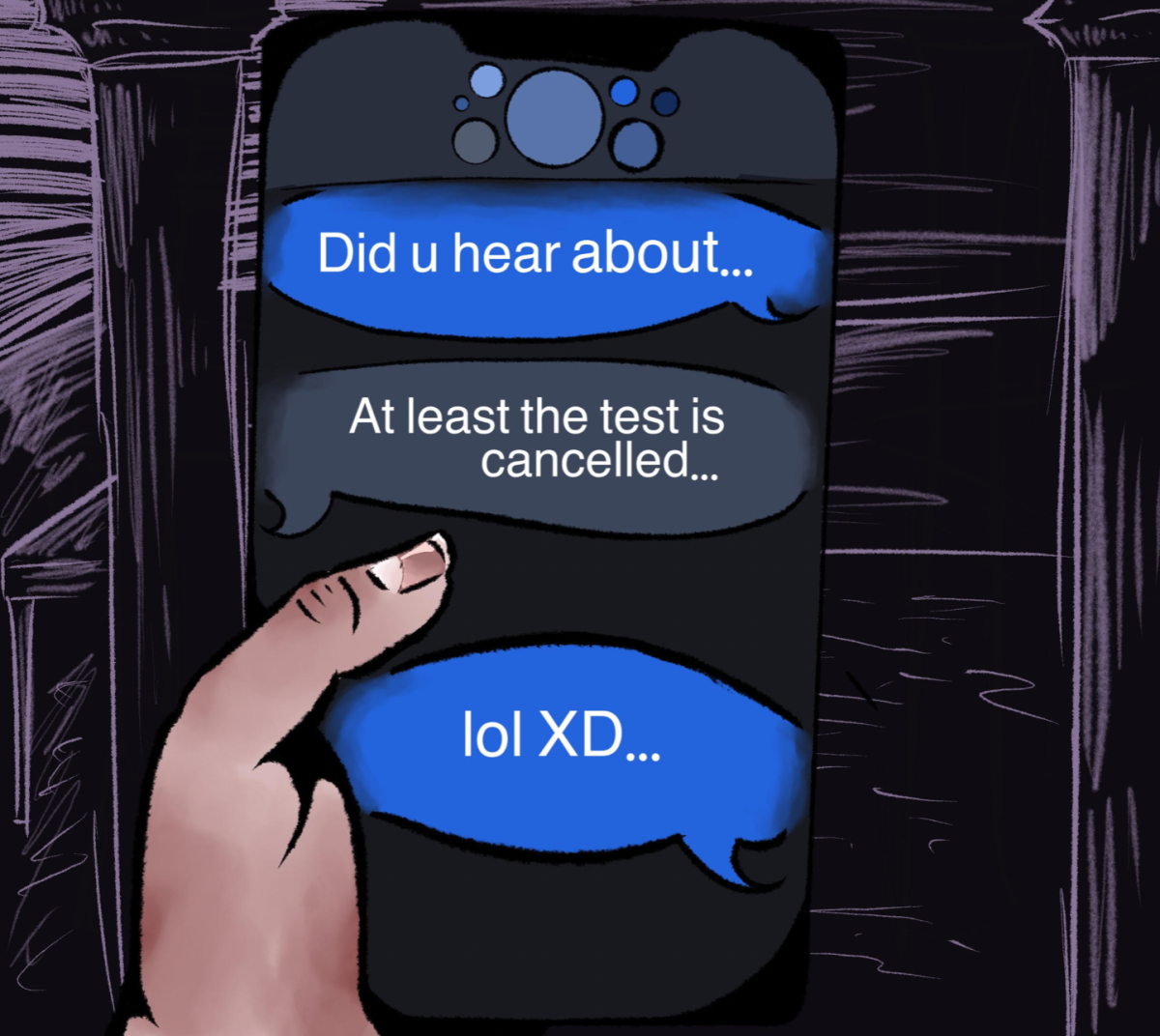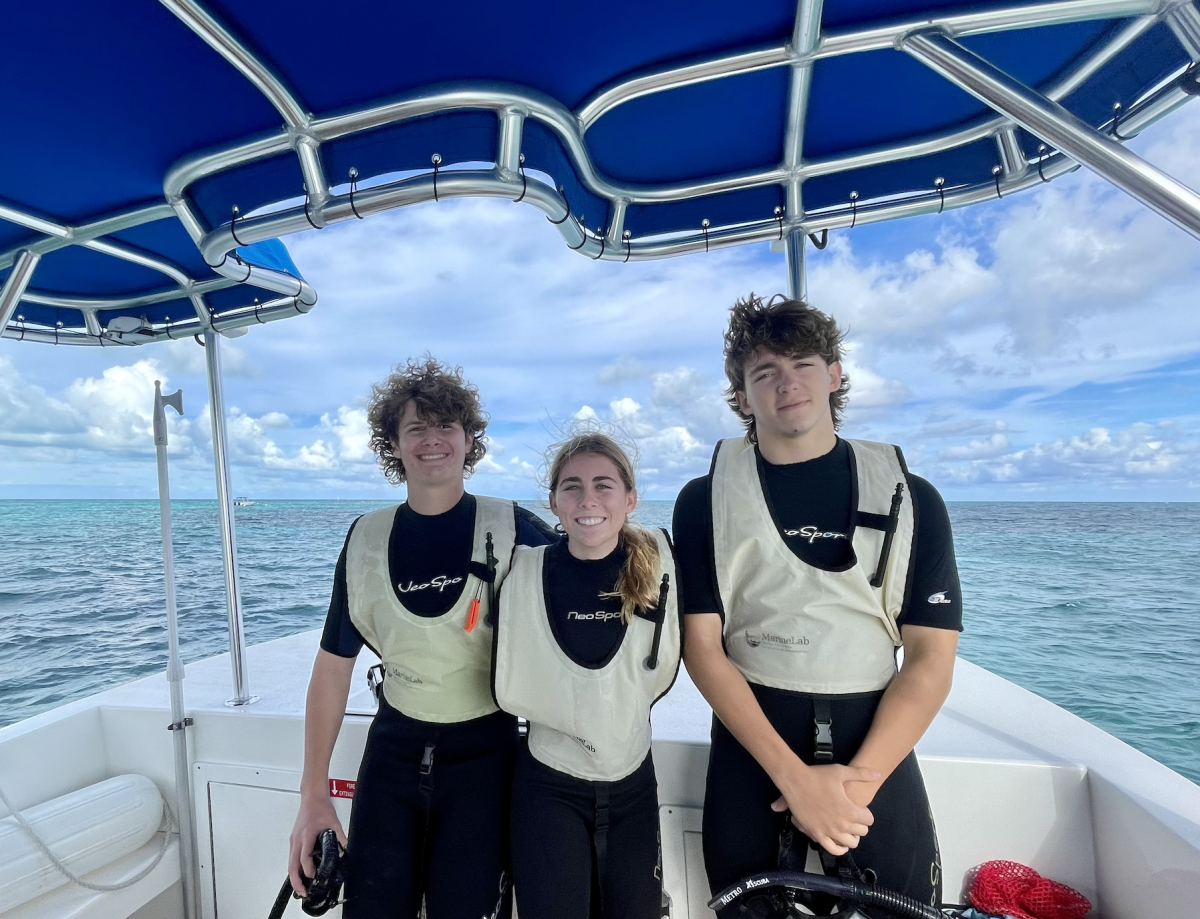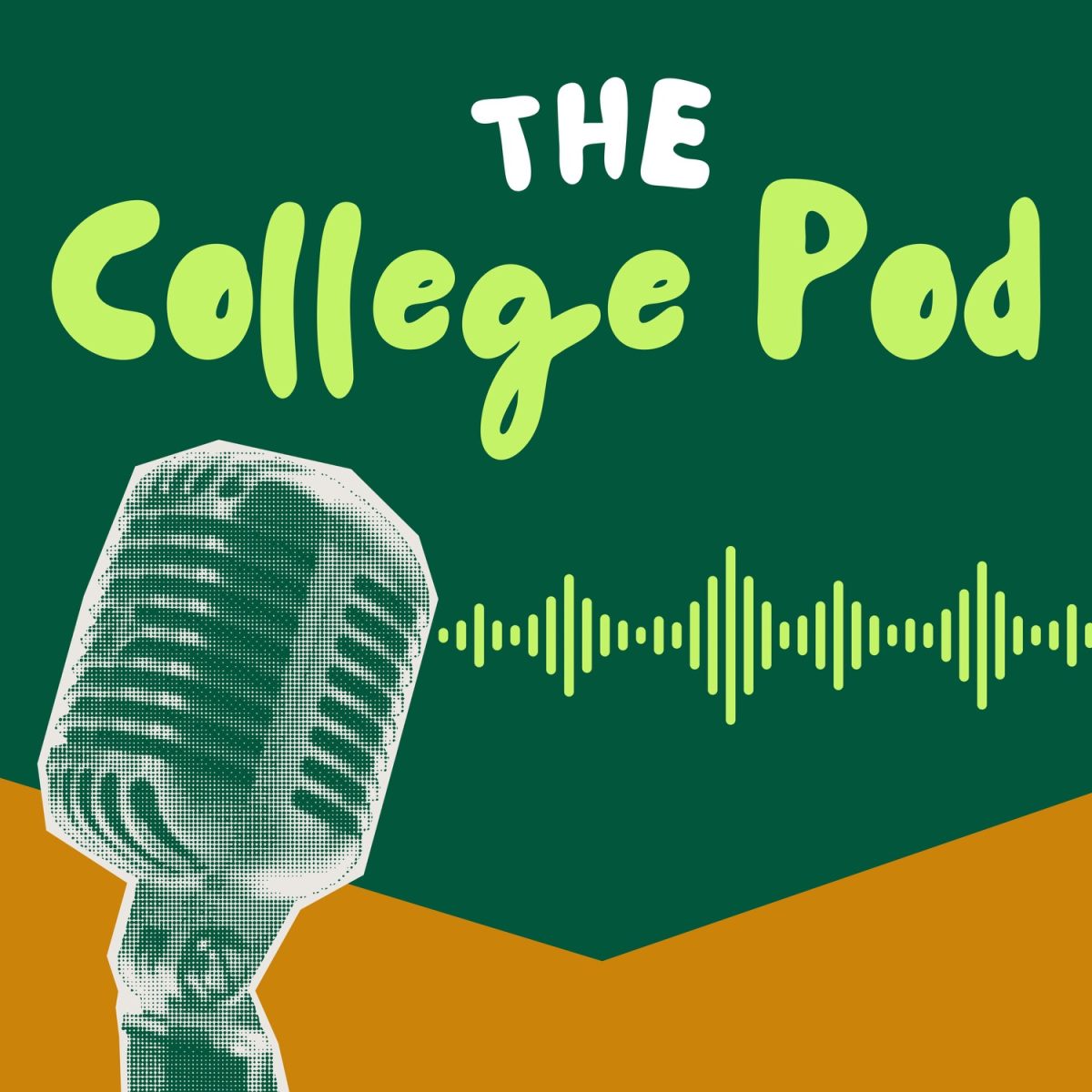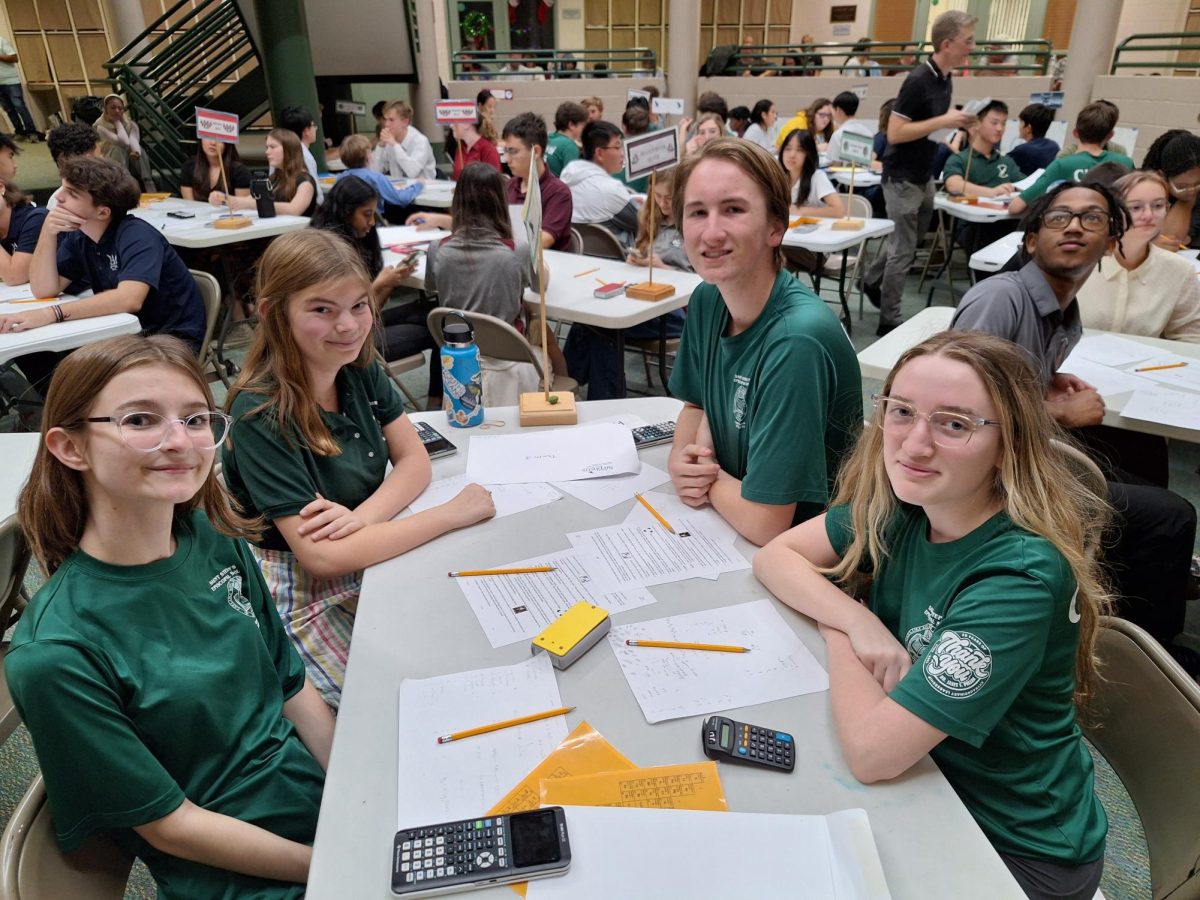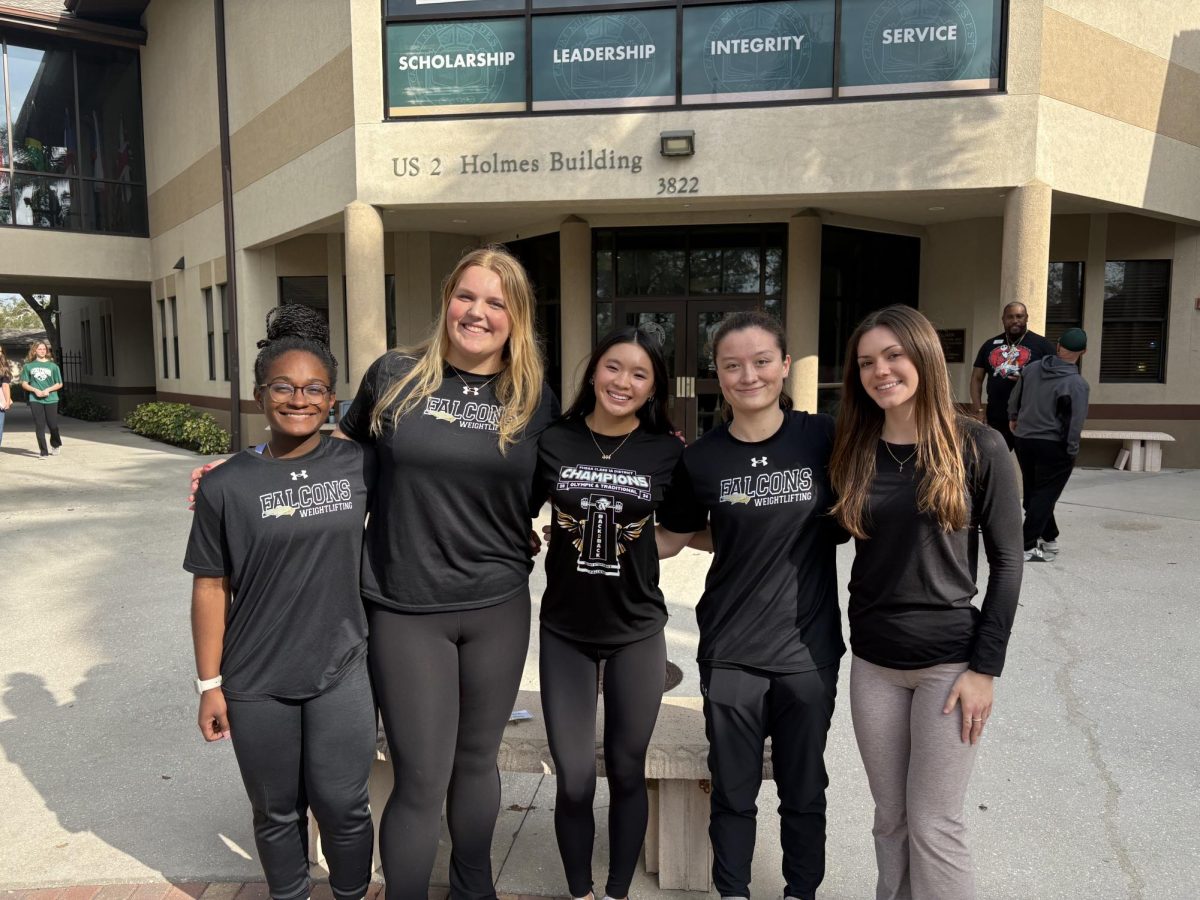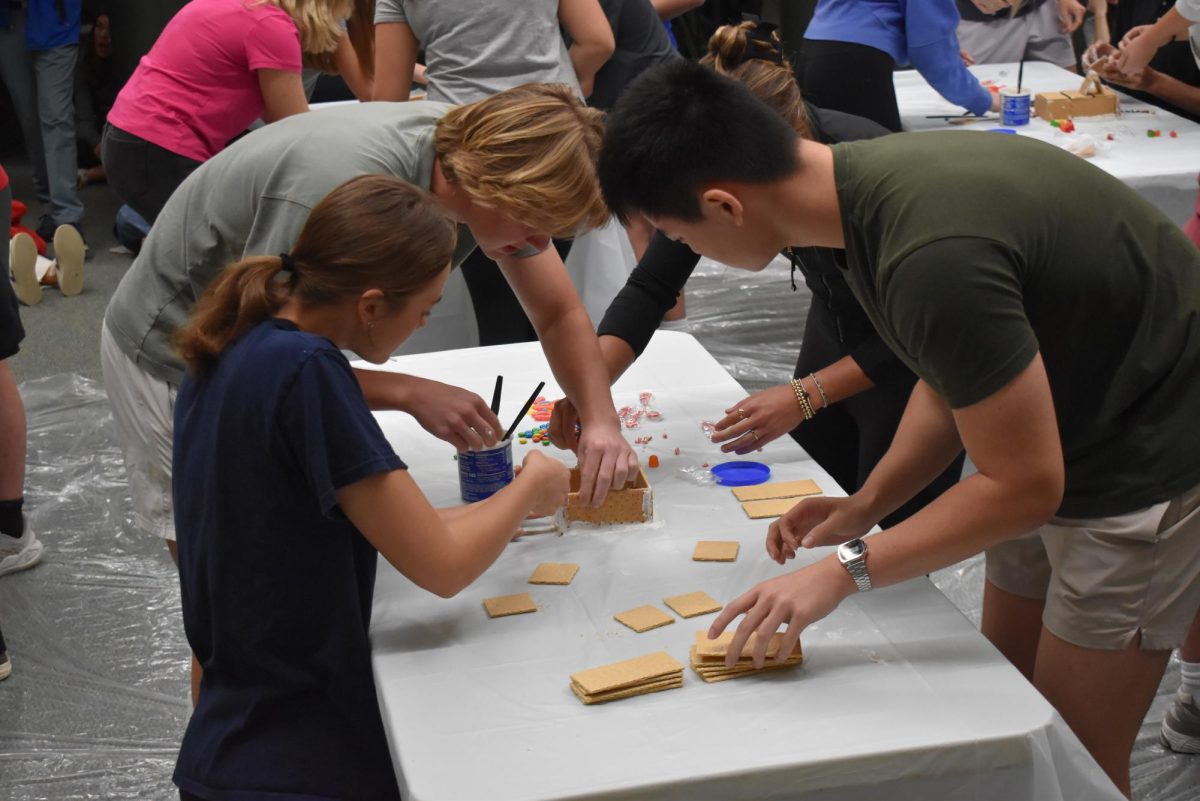The student swerved out of the lane at the last second, just missing the car next to him. His engine roared as he sped off and drifted around the corner ahead.
Senior Nilan Patel played witness to this incident in which a fellow student driver nearly caused an accident on his way to school.
4,074, 3,014, 58 and 2,739. These numbers portray a story close to the heart of the Saint Stephen’s community. As student drivers feel the pressure to get to class on time and search for a new way to have fun at the end of a long school day, the community finds that many students are taking their cars to new, unsafe speeds.
There were 4,074 car crashes in Manatee County in 2007, reported Dale Appell Injury Law Offices; of those, 3,014 people reported car crash-related injury, and 58 people died.
In 2008, Rocky Mountain Insurance Information Association reported 2,739 drivers between the ages of 15 and 20 died in motor vehicle crashes nationwide.
Could Saint Stephen’s student drivers add to these statistics?
Students caught in the rush of morning traffic
Many students have experienced early morning Manatee Avenue on their way to school. Others, like junior Brice Tilton, have caught too many Saint Stephen’s drivers in a rush to get to school.
“I’ve been going down Manatee Avenue before, and I’ve been passed by several students going at a way excessive speed,” he said.
The Saint Stephen’s community stretches outside the boundaries of the school parking lot and onto the road, where junior J.R. Houston said fellow Falcons frequently cut him off.
“I have witnessed some people cutting me off and taking advantage of the fact that they know you go to Saint Stephen’s. So, they know who you are, and they feel that they can cut you off and not [face] any repercussions,” he said.
“Every once in a while, you’ll just see that Saint Stephen’s [bumper sticker] pop up right in front of you.”
Mr. J.B. Wolcott, Co-chair of the Modern and Classical Language Department, holds the duty of Parking Czar on various mornings each week. He is in charge of both making sure students can cross the crosswalk safely and ensuring that traffic moves through the drop-off lanes safely so that traffic does not back up into Manatee Avenue.
Wolcott said that while on duty, he notices poor student driving on a daily basis.
“Probably, noticeably here, one or two students each morning—they could be different ones—peel into the parking lot,” he said.
“I can drive safely even if I’m speeding”
Many students agreed that Saint Stephen’s students do not make the best drivers, although they are not the worst as a whole.
Tilton, who said he recurrently finds himself exceeding the speed limit, said that most student drivers “stick to the rules.”
“But there are a couple that have the invincible personality, such as myself,” he said.
Even with this “invincible personality,” many students said that even though they speed while driving, they make sure to do it in a safe manner.
Senior Liam Mercier said, “If I were to speed, it would be because I need to get to a place faster. And I personally think you can still drive safely even if you’re speeding.”
Patel agreed.
“When I see other students speeding, they are only going five to ten over the speed limit. It’s not horrible speeding. It’s not like drag racing, but it is just a little above the law,” he said.
Several students said that while they do break the law speeding, they stay within the “five to ten over the speed limit” rule.
Going the exact speed limit is actually inconsiderate of the other drivers, Guinta said.
“I think if you’re driving like an old lady all the time, and you’re going the speed limit all the time, it kind of bothers people because for the most part, if you go just five or ten over, it’s almost harmless,” he said.
Despite that students said they and their peers speed “safely,” national statistics tell a different story. In 2008, National Highway Traffic Safety Administration and the National Center for Statistics and Analysis reported that 37% of fatal crashes amongst male drivers ages 15-20 were speeding at the time of the accident.
The need for speed among teens
Although it is common amongst Saint Stephen’s students to speed, their reasons for speeding differ greatly.
For some, it is just the pure enjoyment of the thrill.
Patel said students, in general, love the feeling they get when they speed.
“It’s that bit of freedom that they get to go out and have fun.” He said, “Speeding gives an adrenaline rush that gives your body just a bit of enjoyment and fun in the day. After school, you’re just like, ‘oh, what a fun day.’ So, speeding home or whatever else you may do may seem like a good idea.” continued on page 8
While many students said just the thrill of their foot on the gas pedal makes speeding enjoyable, other students said speeding is a result of the teenager mentality.
Mercier said students speed simply because there is nothing stopping them.
“They speed for the same reason everyone else in the world speeds—just because they can, and they don’t think they are going to get caught,” he said.
Houston said there is one lesson he has learned from both racing on the track and seeing student drivers race on the road: feeling competitive when driving makes the speedometer reach new heights.
“There’s always that bit of competitive edge that you want to go faster than the other guy, and if you have a friend that’s going fast, you want to go faster than him,” he said.
Director of Facilities and Transportation Mr. Tom Hollinger said this matter of “road competition” is what he believes causes students to speed.
“[I think] they’re trying to be cool with their friends. [It is] peer pressure,” he said.
Hollinger said he sees peer pressure in action each day as he watches students, particularly boys, drive out to the practice fields after school.
“[There is] not so much [bad driving] in the front parking lot as there is [on their way] out to the athletic field. They drive too fast. Some have been seen doing donuts in the shell roadway,” he said.
Students keep their hands on the wheel
One thing that many students said sets Saint Stephen’s teenagers apart from others in the area is the matter of texting and driving.
According to the National Highway Traffic Safety Administration and the National Center for Statistics and Analysis, hand-held cell phone use was highest among 16- to 24-year-olds in 2008.
Most students said they had not witnessed their peers texting and driving on the road.
Mercier said the few times he had seen students texting while driving, they were going about it as safely as possible.
Rather than texting while pressing the gas pedal, they were texting, he said, “while they’re at red lights or at stop signs.”
Many said that although the students were texting while driving, they were glad to know that they were at least trying to be responsible because, Patel said, texting while driving is much worse than speed driving.
“Your attention goes from being on the road to multi-tasking, versus speeding where you’re still looking at the road, and you’re trying to do your best. But that just brings it to a whole new level where you can easily crash,” Patel said.
Make this the next hit, Rihanna: “Study and drive”
Although students at Saint Stephen’s do not text and drive recklessly, a new trend is roaming the Upper School—a trend that could potentially be more harmful than texting while driving.
Houston said he has recently seen a tendency of students to study while driving to school.
“I’ve noticed a couple [students] reading while driving, but mainly at lights when they’re stopped.”
He said, “They probably didn’t have enough time to finish reading whatever they were reading when they were at home so, they probably decided that the only time they had to read it was before school or on the way to school.”
Fast cars put to action
Many drivers did not pinpoint the driver nor the parent as being the cause of bad driving on the road; in fact, most students said that the nice cars most students drive encourage the bad driving more than any other factor.
Patel said, “The cars we drive encourage us to go faster.”
“A lot of the cars that we have are cars that have a lot of horsepower in them. They have a lot of engine power. So, a lot of us use that to the best of its ability and make sure that we drive a little bit faster than usual.”
Rampertaap described having a nice car as a chain reaction that ultimately leads to speeding.
“If you have a nicer car and you have more capabilities because of it, then you’re more likely to speed,” he said.
From the hundreds of thousands of dollars worth of cars parked in the Upper School parking lot, junior Richelle Leuchter said, stems a feeling of entitlement that the students feel permit them to speed.
“Since private school costs more money than public school, I think maybe they feel that they have more of a right,” she said.
Even though all of these signs lead to poor student driving, for Guinta, the choice of whether to speed or not is obvious.
“I would rather get a detention [for being late to school] than get into a car accident,” he said.




